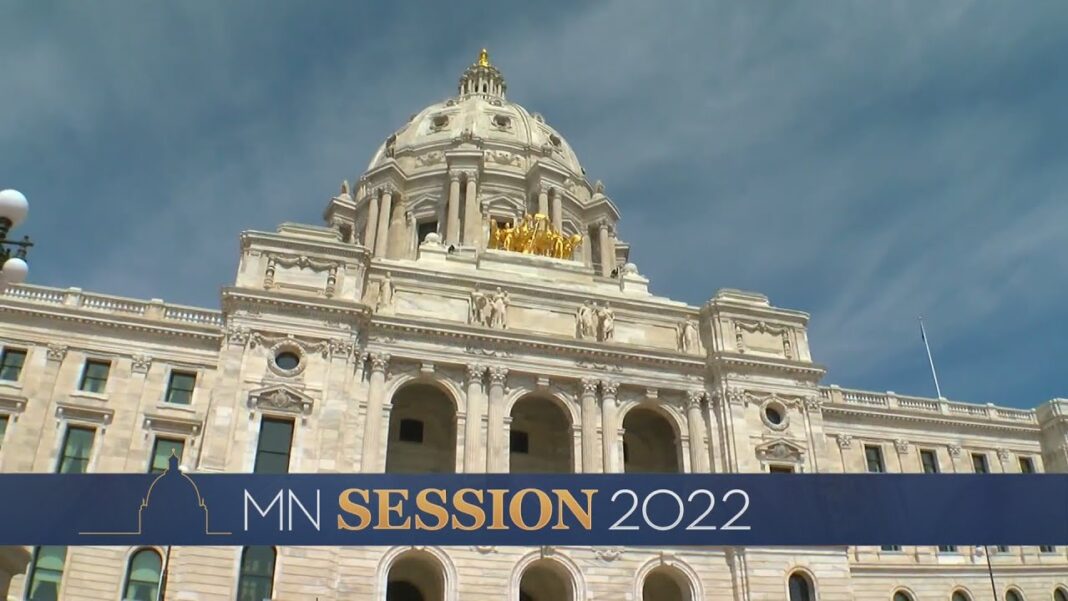A recent transparency report from Google shows that U.S. law enforcers are increasingly relying on geofence warrants, a new surveillance tactic that civil libertarians say violates the Fourth Amendment.
Unlike typical warrants that authorize the surveillance of specific targets, geofence warrants allow police to collect vast troves of geolocation data from devices within a given area in a certain timeframe. Law enforcers reportedly used geofence warrants to investigate crimes committed during last summer’s Black Lives Matter riots, as well as the Jan. 6 Capitol Hill riot—fueling concerns that data from journalists and other innocent bystanders were also swept up in the process.
Law enforcement’s use of geofence warrants has been public knowledge for years, but Google’s Aug. 19 report is the first time a major company has disclosed statistics on the surveillance method.
According to Google’s report, the company received more than 11,500 geofence warrants from federal, state, and local agencies last year alone—up from 9,000 in 2019. Google only began receiving geofence warrants in 2016, the company said.
About 95 percent of geofence warrants are from state jurisdictions, with the remainder coming from federal agencies, the report said. California is the most active geofence warrant issuer in the country, making about 18 percent of all requests—followed by Texas (9 percent) Florida (8 percent) and Michigan (5 percent).
Geofence warrants comprised about one-quarter of all demands for information from law enforcers in 2020, according to Google.
Prior to 2019, Google received relatively few geofence warrants—only a handful in the second quarter of 2018, and none in Q1.
But in June 2018, the U.S. Supreme Court handed down a landmark judgment in Carpenter v U.S., ruling that law enforcement’s warrantless collection of cell phone geolocation data violated the Fourth Amendment.
Civil liberties groups say the Carpenter decision was the impetus for the rise of several new surveillance tactics, including geofence warrants, purchasing data in bulk from companies rather than obtaining it via warrant, and using “stingrays”—devices that simulate cell towers and collect signals from devices nearby. Law enforcers have also taken to controversial “keyword warrants,” which identify every user who searched for a specific keyword, phrase, or address.
By Ken Silva








